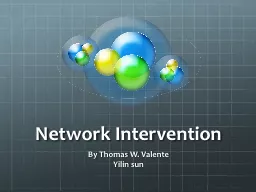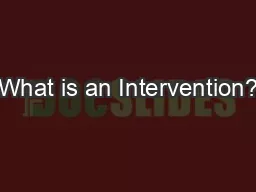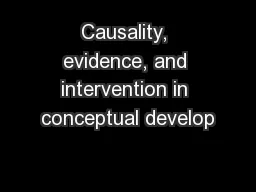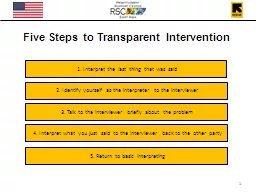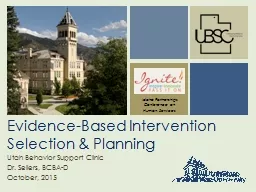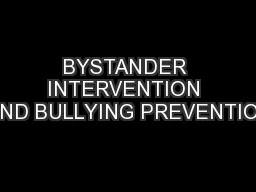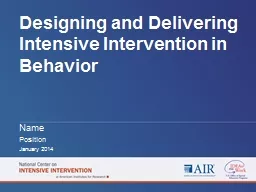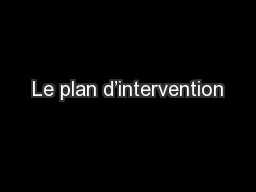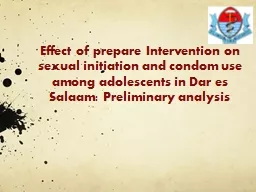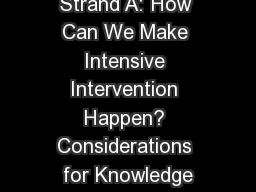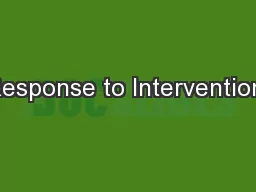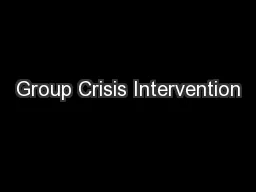PPT-Network Intervention
Author : yoshiko-marsland | Published Date : 2017-12-18
By Thomas W Valente Yilin sun I ntroduction The research on social networks has shown that people can be influenced by their social networks to adopt new ideas
Presentation Embed Code
Download Presentation
Download Presentation The PPT/PDF document "Network Intervention" is the property of its rightful owner. Permission is granted to download and print the materials on this website for personal, non-commercial use only, and to display it on your personal computer provided you do not modify the materials and that you retain all copyright notices contained in the materials. By downloading content from our website, you accept the terms of this agreement.
Network Intervention: Transcript
Download Rules Of Document
"Network Intervention"The content belongs to its owner. You may download and print it for personal use, without modification, and keep all copyright notices. By downloading, you agree to these terms.
Related Documents

